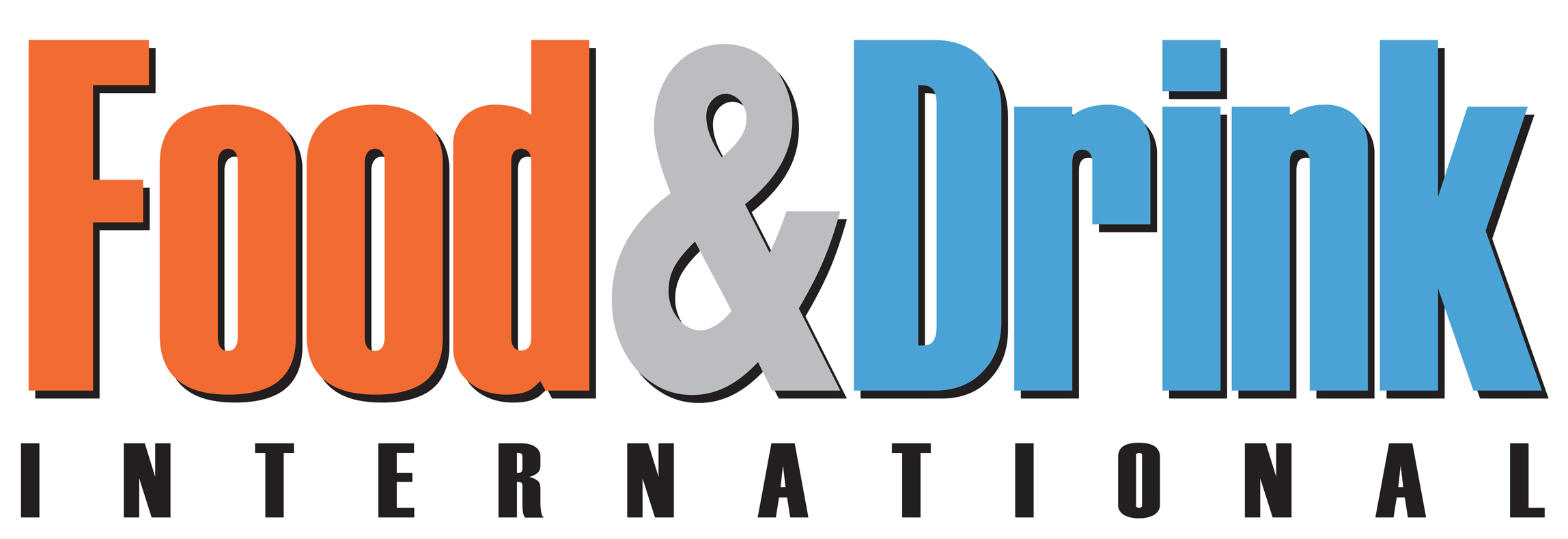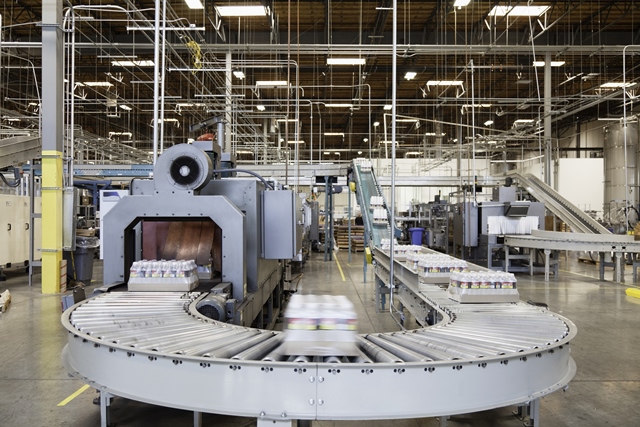The FDA’s postponement of its food traceability rule until mid-2028 may have bought companies more time, but it hasn’t dampened momentum behind RFID packaging adoption. Across logistics, retail, and packaging, investment in RFID-enabled traceability tools is rising, driven as much by commercial pressure as regulation.
Early adopters, including global retailers and fast-casual food chains, are already integrating RFID into packaging workflows to automate inventory, respond faster to recalls, and tighten control over supply chains. With food safety standards tightening worldwide, RFID provides a scalable solution to meet traceability requirements while enhancing operational efficiency.
Tech and packaging firms are refining RFID systems to address previous friction points, particularly around durability, read accuracy near liquids and metals, and recyclability. RFID is now being embedded directly into packaging substrates, with pilot programmes expanding into cold-chain logistics, pharmaceuticals, and high-value consumer goods.
Despite concerns about mixed materials in recycling streams, recent industry testing suggests RFID tags do not hinder fibre recovery. Recycling facilities are already encountering growing volumes of RFID-labelled materials, reinforcing forecasts of mainstream adoption.
While regulatory deadlines have shifted, market dynamics continue to drive the broader adoption of RFID. The technology is becoming integral to how brands manage risk, meet sustainability targets, and build supply chain resilience at scale.


